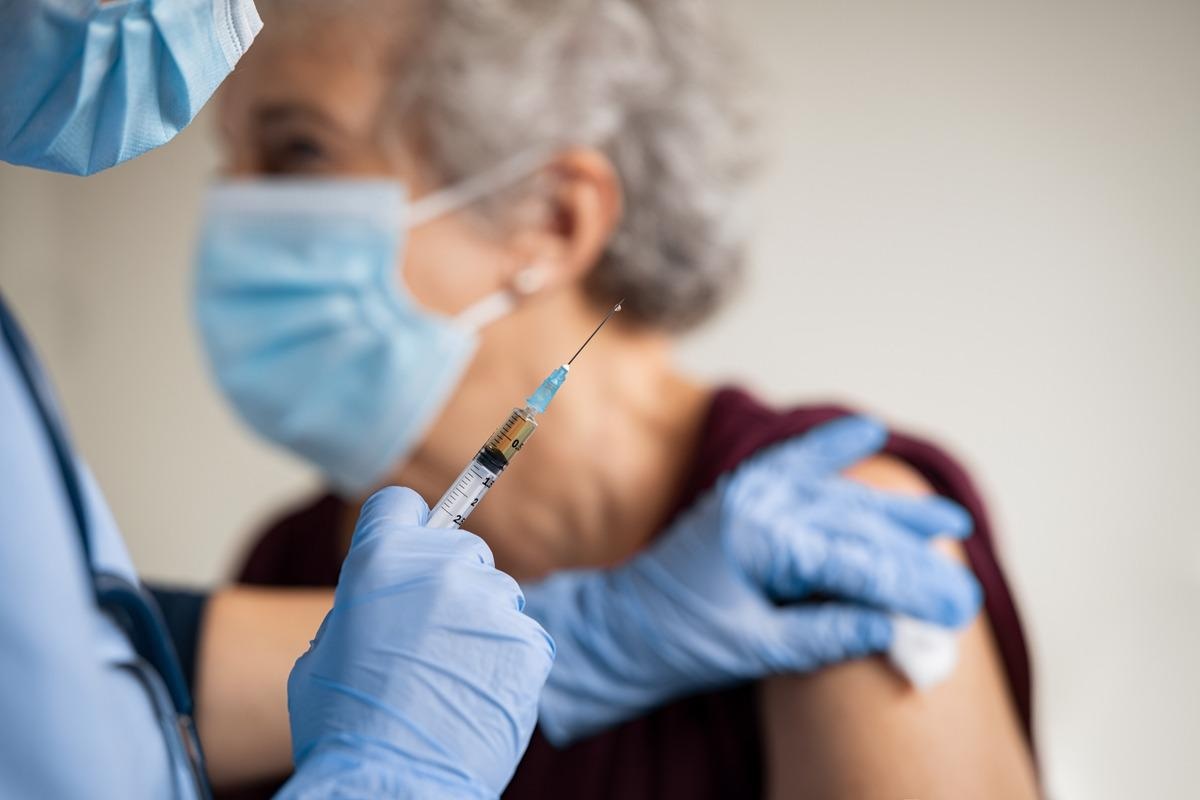In a recent study posted to the medRxiv* preprint server, researchers determined evidence for post-exposure vaccination in reducing the mortality rate of coronavirus disease 2019 (COVID-19). Researchers concluded that post-exposure prophylaxis successfully decreased severe acute respiratory syndrome coronavirus 2 (SARS-CoV-2)-associated death rates.
Study: BNT162b2 post-exposure-prophylaxis against COVID-19. Image Credit: Rido/Shutterstock
Background
Several drugs such as remdesivir, nirmatrelvir, dexamethasone, anti-interleukin-6 receptor antibody, and certain investigational drugs like molnupiravir have been used for the treatment of COVID-19. However, these treatment strategies only confer suboptimal therapeutic responses towards SARS-CoV-2 infections. Hence further therapeutic interventions are required for reducing COVID-19-associated mortality.
Post-exposure vaccination prophylaxis is a potential clinical approach in COVID-19 that has been used previously against certain diseases. Post-COVID BNT162b2 vaccination is of prime significance due to the waning immunity following BNT162b2 vaccination. However, no studies have been published to date exploring post-exposure BNT162b2 vaccination prophylaxis in COVID-19.
About the study
In the present observational study, the effectiveness of the post-exposure BNT162b2-prophylaxis approach against the clinical outcomes of COVID-19 was estimated using nationwide surveillance data from the Israeli Ministry of Health (MoH) registry. Israeli residents aged 12 years or older who were first-time polymerase chain reaction (PCR)-positive for SARS-CoV-2 from the start of the vaccination campaign between 20th December 2020 and 7th October 2021 were included in the study.
Participant data on gender, age, and dates of first positive PCR, hospital admission, discharge, and death were collected from the database. The participant’s identity was kept confidential, and the study was exempt from the informed consent requirement. Those who became PCR-positive at or after six days of the first dose of vaccination were excluded.
The unintended post-exposure prophylaxis represented by recently vaccinated patients who became SARS-CoV-2 PCR-positive on the same day or during the five consecutive days following vaccination (Group one) was compared with the unvaccinated control lot (Group two).
The control group was established by matching group one with the unvaccinated participants using variables such as age, gender, first PCR positive date, hospitalization date, and date of COVID-19-associated death.
Study outcomes were mainly focused on SARS-CoV-2-associated death within 60 days of the first positive PCR date, hospitalization in the COVID-19 designated department between two days before and 21 days after the PCR-positive date, and the duration of hospitalization.
Results
The results showed that among the 271,710 Israeli residents who received the BNT162b2 (Pfizer) vaccine, 11,690 participants had positive PCR results on the same day or within five days of vaccination, representing group one or recently injected group. No differences in demographic characteristics were observed after matching groups one and two.
COVID-19-associated mortality rates among infected 55 years or older group up to 60 days of the first positive PCR were markedly lower in group one than the group two, in all gender and age groups.
The combined group of males and females aged 65 years or older reported 143 and 280 deaths among 1,413 recently vaccinated and unvaccinated participants, respectively, with an odds ratio (OR) and 95% confidence interval (CI) of 0.46 and 0.36-0.57, respectively.
A significant reduction in the death rate was observed in the combined 55 to 64 years of age group, with eight and 43 deaths among 1322 recently vaccinated and unvaccinated controls, with OR and 95% CI of 0.18 and 0.07-0.39, respectively.
In the 55 years or younger age group, the death rate was very low, and a statistically significant difference was observed among the vaccinated and control groups.
The combined group of males and females aged 12 and 55 years reported 10 and 22 deaths among the 8955 recently vaccinated and unvaccinated groups, with OR and 95% CI of 0.45 and 0.19-0.99, respectively. No significant differences in mortality rates were observed when analyzing the participants of the 12- and 55-years groups separately due to the low occurrences of death events in these groups.
The hospital admission of the combined group of both genders aged 65 years or older was 321 and 430 among 1413 recently vaccinated and control groups, with OR and 95% CI of 0.67 and 0.57-0.80, respectively. Similarly, hospitalization in the 55-64 years combined groups was 81 and 115 among 1,322 subjects in the study and control groups, with OR and 95% CI of 0.69 and 0.50-0.93, respectively.
Vaccination status did not significantly influence the length of hospital stay. Male and elderly patients had increased duration of hospital stays.
Conclusion
The study findings demonstrated that the use of post-exposure BNT162b2 vaccine-prophylaxis reduces COVID-19-associated mortality by 50%, especially in high-risk elderly patients.
Post-exposure vaccination showed reductions in SARS-CoV-2-associated severe respiratory symptoms such as a low level of saturated oxygen (<93%), respiratory rate of more than 18 breaths/minute, and chest X-ray showing pulmonary infiltrates. Post-COVID vaccination prophylaxis also prevents SARS-CoV-2-associated adult respiratory distress syndrome, deterioration to pneumonitis, and COVID-19 transmission by reducing antiviral titer in the respiratory tract of infected individuals.
*Important notice
medRxiv publishes preliminary scientific reports that are not peer-reviewed and, therefore, should not be regarded as conclusive, guide clinical practice/health-related behavior, or treated as established information.
- Zohar Shemuelian, Yehuda Warszawer, Omri Or, Sagit Arbel-Alon, Hilla Giladi, Meytal Avgil Tsadok, Roy Cohen, Galit Shefer, Antonello Maruotti, Giovanna Jona Lasinio, Eithan Galun. (2022). BNT162b2 post-exposure-prophylaxis against COVID-19. medRxiv. doi: https://doi.org/10.1101/2022.01.07.2226886 https://www.medrxiv.org/content/10.1101/2022.01.07.22268869v1
